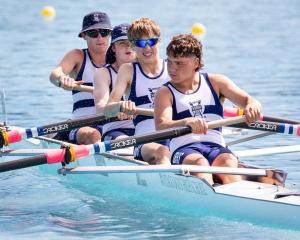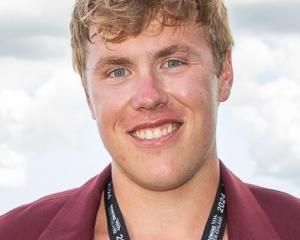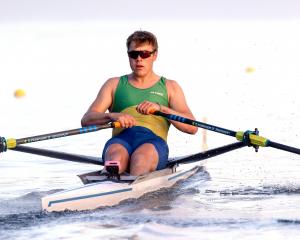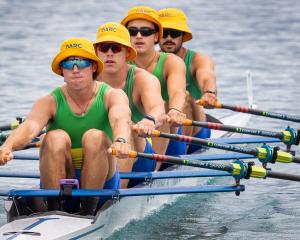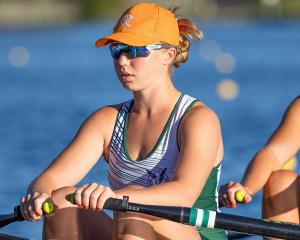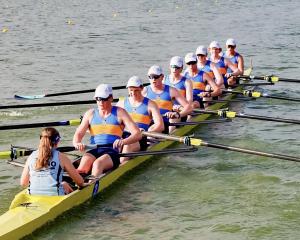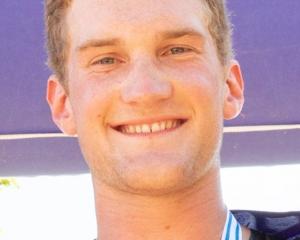Mahe Drysdale has had a bit of strife with a lower back injury, Hamish Bond seems to pick up rib stress fractures almost at will, Rebecca Scown had tendonitis in her forearm, while Duncan Grant rather more impressively managed it in both knees.
Fortunately, with the world rowing championships at Lake Karapiro near Cambridge starting on Sunday, the injury problems in the New Zealand rowing camp are a distant memory.
The heavy base fitness sessions have long gone, the speed sessions are tapering off and rowers are nearing peak condition for the eight-day championships.
Rowing New Zealand medical director Chris Milne has had eight years of overseeing the sport's elite athletes, and is on-site at Lake Karapiro over the next week to ensure the 55-strong New Zealand team operate at peak efficiency.
When it comes to rowing, Milne told NZPA there were few surprises with injury problems.
"There are only three or four specific injuries that rowers have: rib stress fractures, lower back problems and forearm tenosynovitis, which is a condition where the tendons just above the wrist rub over one another when they feather the oar," Milne said.
"It's a bit like achilles tendons in runners, just one of those things which flare up in rowers."
Of other rowing-specific injuries, the blisters and callouses from hours of training can also prove problematic, especially if they get infected.
"They can also get callosities on their hands and on their backsides as well, just from sitting on the wet seats."
Milne, who has had plenty of experience at Olympic and Commonwealth Games level, dealing with a gamut of athletes from different codes, said rowers were no different to other athletes when it came to dealing with injury frustrations.
"But dealing with people at the top of their game, in peak physical condition and highly motivated, is very rewarding.
"I get a great buzz out of being sort of body mechanic, if you like, to the people of the calibre we've had through New Zealand rowing in the last 10 years."
Milne said accumulated wisdom built up over the years in managing rowing injuries had proven invaluable.
"I'm not saying we get zero injuries, but we're getting more astute at their identification and management," he said.
Taking rowers out of the boat, but working hard to maintain fitness levels with appropriate cross-training often meant little was loss during an enforced injury break.
"Superbly conditioned mature athletes who will take advice, and go with it- that's one of the hallmarks of rowers," Milne said.
"Most of them are used to getting out of bed early in the morning and putting themselves through a fair bit of physical pain to get to wherever they have to."


